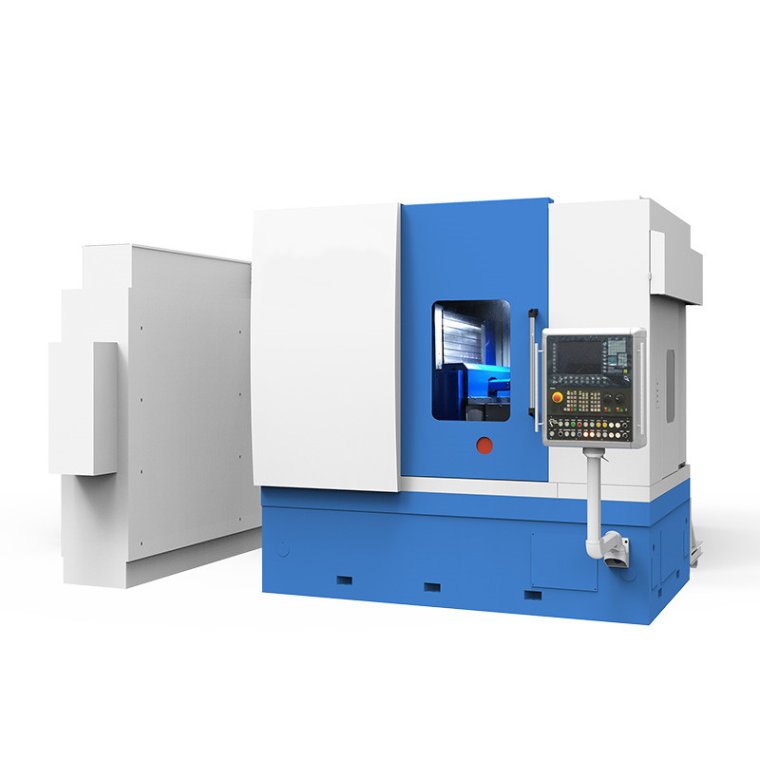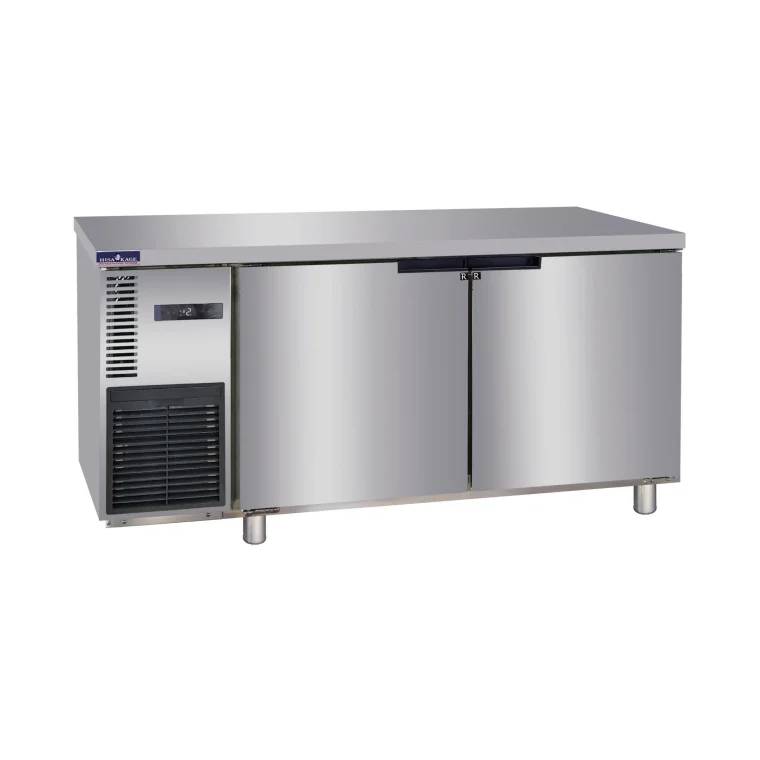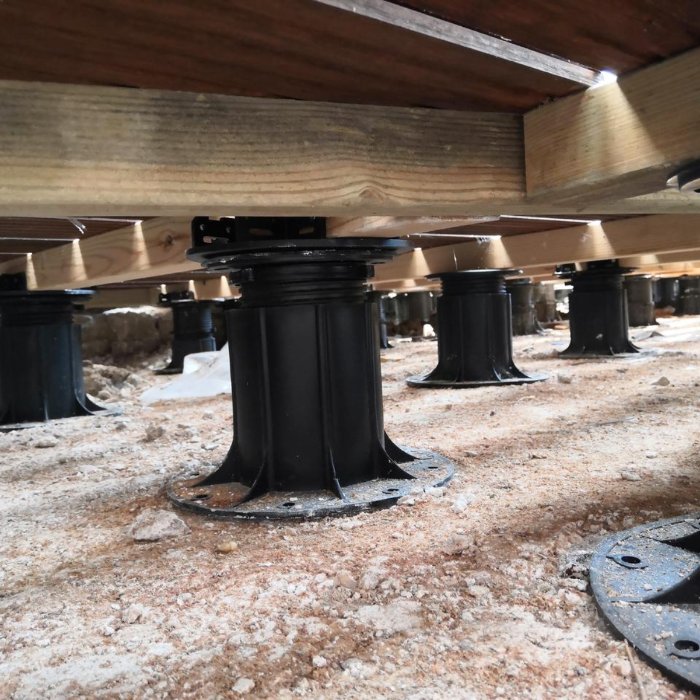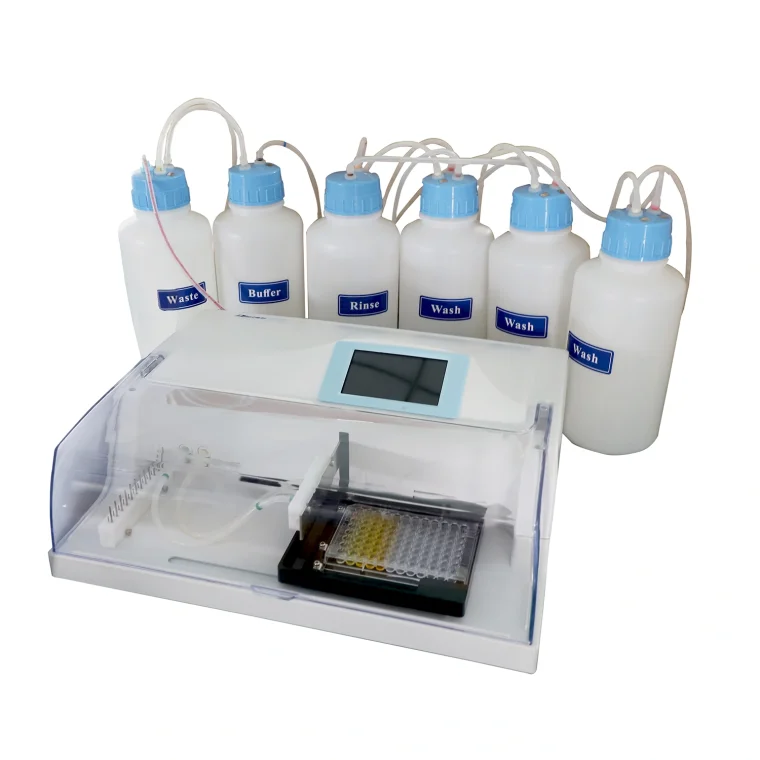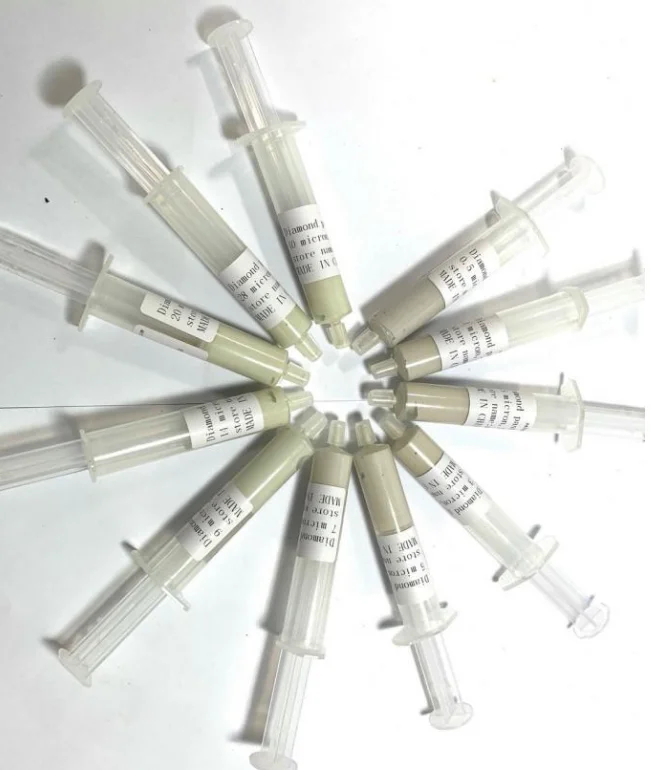Unveiling the Powerhouses: The Dynamic Duo of Capacitors and Inductors
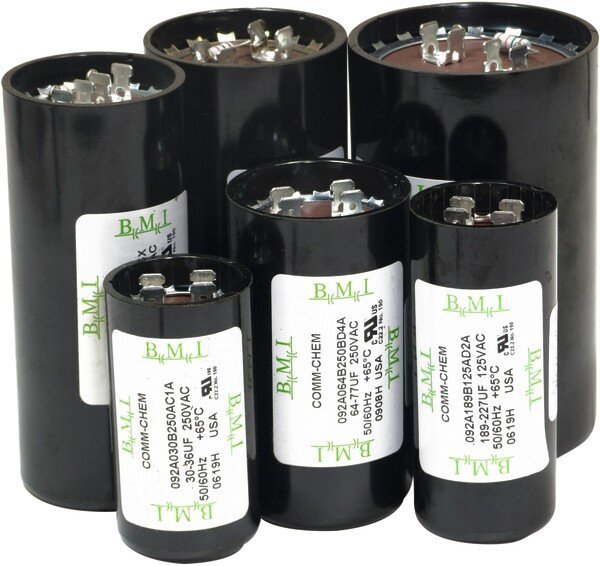
In the realm of electrical engineering, two components stand out as the unsung heroes of circuitry: capacitors and inductors. These passive electronic components play a pivotal role in a wide range of applications, from power supply systems to signal processing circuits. In this article, we will delve into the main functions of capacitors and inductors, exploring their unique characteristics, applications, and the symbiotic relationship they share in electronic systems.
- Capacitors: Storing and Releasing Energy:
Capacitors are devices designed to store and release electrical energy. Composed of two conductive plates separated by an insulating material, they possess the ability to store charge when a voltage is applied across their terminals. Capacitors act as reservoirs of electrical energy, providing a temporary source of power during peak demand or voltage fluctuations. They are widely used in power supply systems, smoothing out voltage ripples and ensuring a stable output.
Beyond their energy storage capabilities, capacitors also play a crucial role in filtering unwanted noise and high-frequency signals. By selectively allowing certain frequencies to pass through while blocking others, capacitors enable efficient signal conditioning in various applications, such as audio amplifiers and radio receivers.
- Inductors: Controlling Current and Energy Storage:
Inductors, on the other hand, are passive components that exhibit the property of inductance. Consisting of a coil of wire, they resist changes in current flow, storing energy in their magnetic field. Inductors are adept at controlling the flow of current, acting as traffic regulators in electronic circuits.
One of the primary functions of inductors is to smooth out rapid changes in current, preventing sudden spikes or drops that could damage sensitive components. They are commonly employed in power supply circuits, acting as filters to ensure a steady and regulated flow of electricity.
Inductors also find extensive use in signal processing applications, particularly in radio frequency (RF) circuits. By tuning the inductance value, they can selectively filter out specific frequencies, allowing for efficient signal transmission and reception.
- The Synergy of Capacitors and Inductors:
While capacitors and inductors possess distinct functions, their true power lies in their symbiotic relationship within electronic systems. Together, they form resonant circuits, enabling precise frequency selection and amplification.
In applications such as oscillators and filters, capacitors and inductors work hand in hand to create resonant circuits that exhibit specific frequency responses. By carefully selecting the values of capacitors and inductors, engineers can design circuits that resonate at desired frequencies, enhancing performance and efficiency.
Conclusion:
Capacitors and inductors, the dynamic duo of electronic components, play indispensable roles in a myriad of applications. Capacitors store and release energy, while inductors control current flow and store energy in their magnetic fields. Together, they form resonant circuits that enable precise frequency control and amplification. Understanding the main functions of capacitors and inductors empowers engineers to design efficient and reliable electronic systems.


